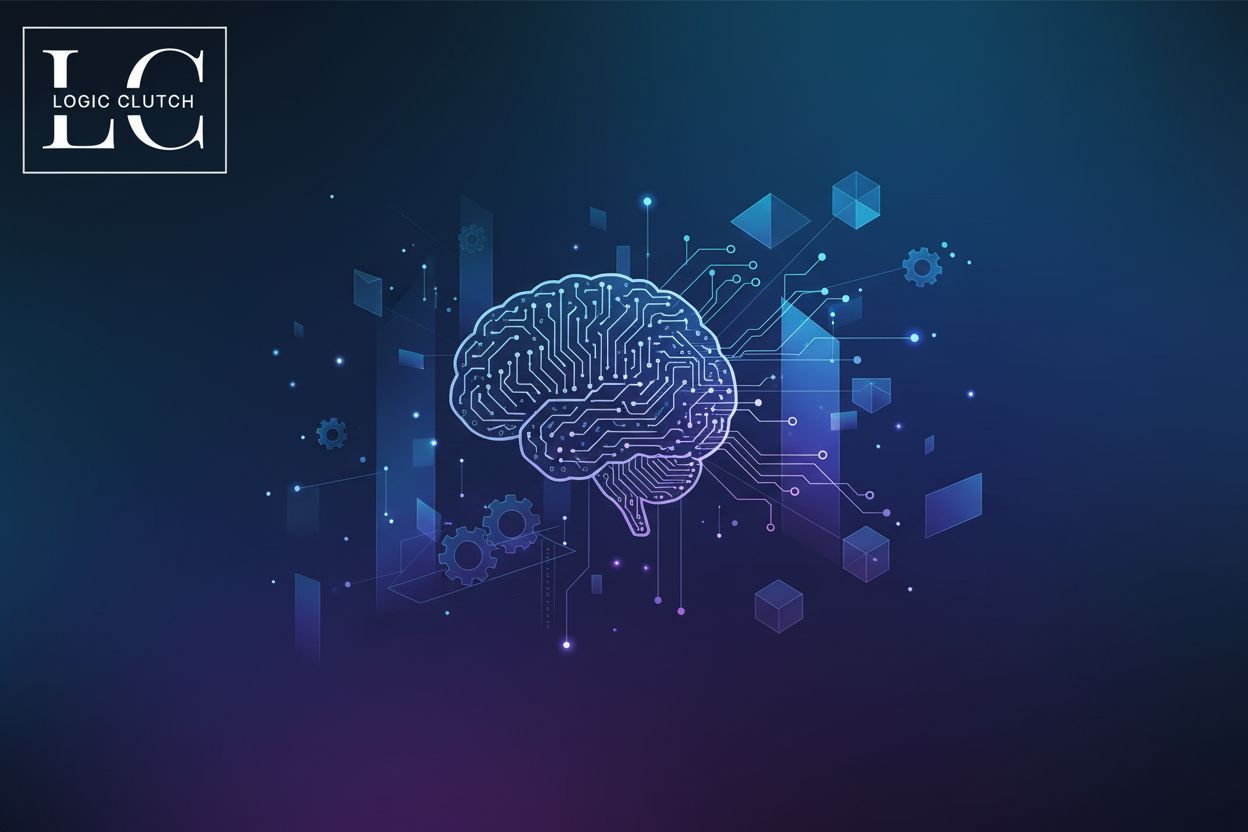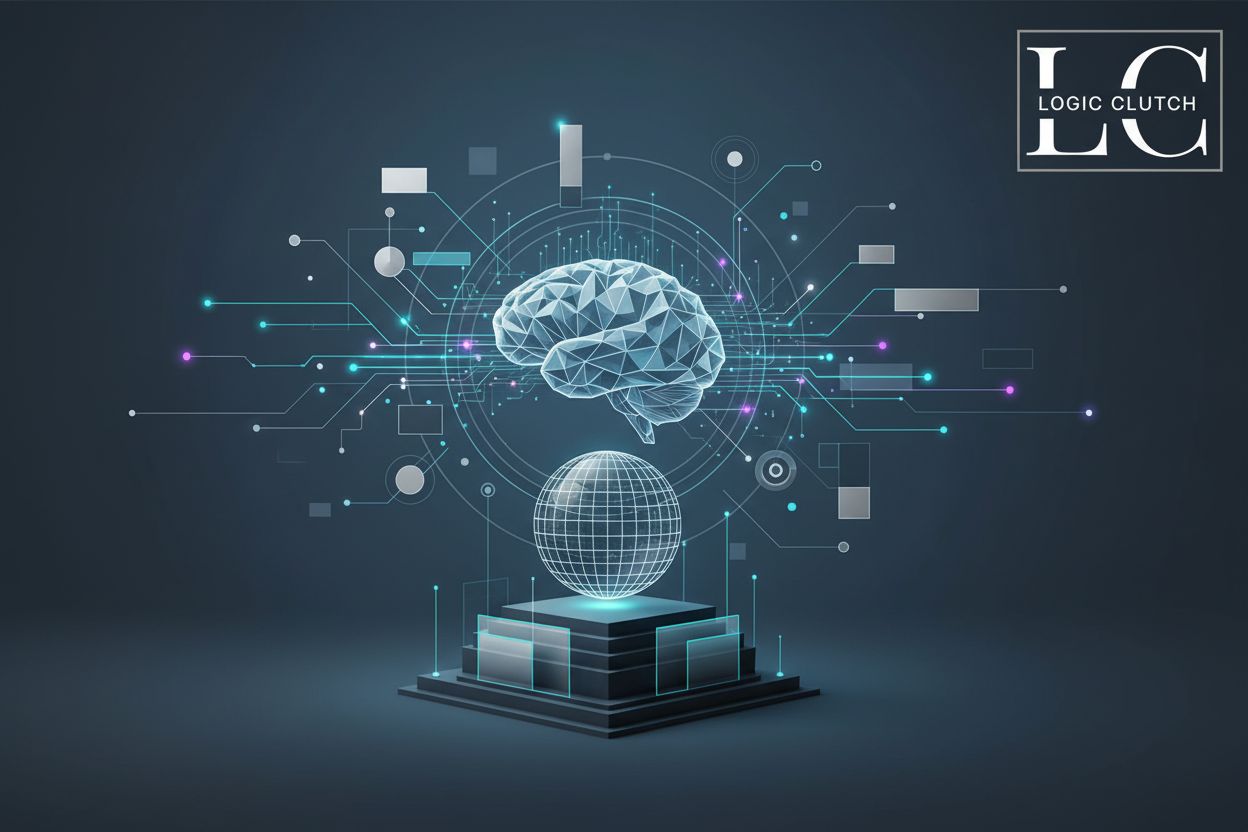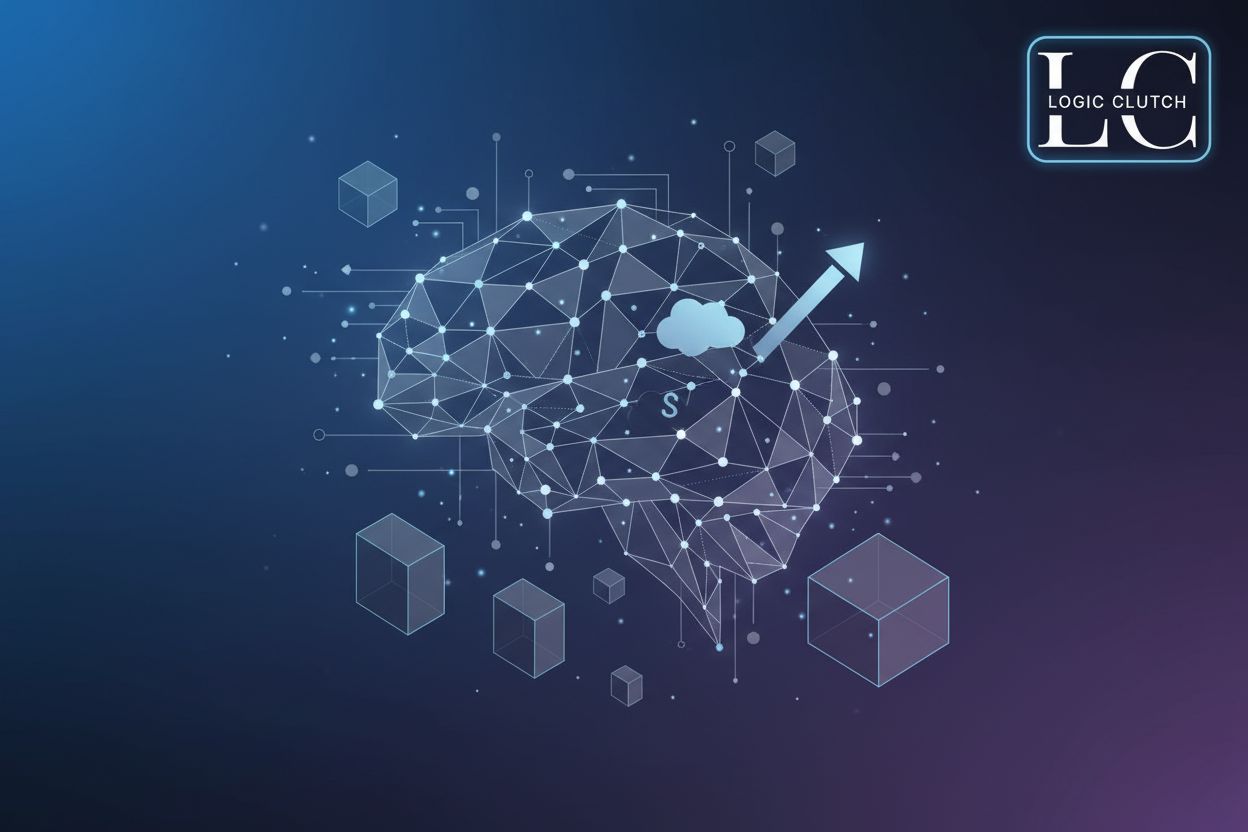Beyond the Hype: Architecting AI for Measurable Digital Transformation Wins
TL;DR
The AI Transformation Chasm: Why Initiatives Fail (and How to Avoid It)
Okay, so you wanna talk about why these ai transformation projects go belly up? It's not always pretty, but hey—at least we can learn from the mess, right?
The hype around ai is real, I guess, but sometimes it feels like companies are chasing the shiny object instead of solving actual problems. And that's where things start to fall apart.
- solution seeking problem: Loads of companies jump into ai without a friggin' clue why. They see the buzz and think, "we gotta get some of that ai magic!" but they haven't figured out what they need ai to do.
- Wasted resources: No clear goals? get ready to watch your budget go poof. You'll end up with a fancy ai system that doesn't actually do anything useful. i mean, who wants that?
- Business Challenges: Focus on real challenges where ai can be a game-changer. think about it -- can ai actually bring something unique to the table, or are you just throwing tech at a problem that could be solved with a spreadsheet?
For example, a hospital might implement ai-powered diagnostics to improve accuracy and speed in identifying diseases, or a retailer might use ai to personalize customer recommendations and optimize inventory. See? actual problems.
Data quality is King (or Queen): you know that saying "garbage in, garbage out?" it's never been more true. if your data is crap, your ai is gonna be crap. poor data quality, inconsistent data, and a total lack of governance will sink your ai ship faster than you can say "machine learning."
master data management: Seriously, get your data house in order. You need a single source of truth. And don't even get me started on data silos. think about it -- how can ai do its thing when the data it needs is scattered across a million different systems?
Employee Buy-In is Key: people are scared of what they don't understand. if your employees thinks ai is gonna steal their jobs, they're gonna resist it every step of the way.
Training is essential: address those fears. train your people. show them how ai can help them, not replace them. a culture of experimentation and continuous learning is a must-have.
Literacy is essential: a McKinsey report, Rewired to outcompete, highlights the importance of building a baseline of competence across all six capabilities.
So, how do you avoid this ai transformation graveyard? Well, that's what we'll dive into next time – getting your data right.
Architecting AI for Impact: A Strategic Framework
Alright, so you're trying to make ai actually do something useful for your business, huh? It's more than just throwing tech at a wall and hoping it sticks. You need, like, a plan.
First off, figure out what you really want to achieve. Don't just say "we want ai," say "we wanna boost sales by 15%". Or "cut operational costs by 10%." Specifics, people. Quantifiable goals. Then, make sure your ai efforts are laser-focused on hitting those targets.
- revenue boost: e-commerce sites are using ai to suggest products. the goal? more sales. kpis? conversion rates, average order value.
- cost reduction: manufacturing plants use ai to predict equipment failures. goal? less downtime. kpis? maintenance costs, uptime percentage.
- happy customers: banks use ai-powered chatbots for customer support. goal? happier customers. kpis? customer satisfaction scores, resolution times.
You know that saying, "garbage in, garbage out?" Well, it's like, super true with ai. You need good data. So, take a long, hard look at what you got.
- crm data: customer info, sales history. is it accurate? complete? accessible?
- erp systems: financial data, supply chain info. is it all in one place, or scattered everywhere?
- marketing automation platforms: campaign data, customer engagement metrics. is it consistent across all platforms?
Figure out what data is actually useful for reaching those goals. And, uh, make sure it's not a total mess.
Let's say you're running a hospital. Instead of just saying "we need ai," you decide to focus on improving patient outcomes. You could use ai to analyze patient records and predict who's at high risk of readmission. this lets you target interventions where they matter most. or maybe you're a retailer. ai can analyze customer behavior to personalize recommendations and optimize your inventory. less waste, more sales.
According to a recent McKinsey survey, 78% of organizations report using ai in at least one business function.
So, you see, it's a cycle. You set a goal, check your data, pick the right ai tools, and then keep an eye on things. and, if things ain't working? go back to start.
Next up, we'll chat about picking the right ai solutions. because, let's be honest, there's a lot of 'em out there.
Data as the Fuel: Optimizing Your Data Architecture for AI
Okay, so you've got all this data, but how do you actually get it to your ai models so they can do their thing? It's not like they can just, y'know, absorb it from thin air.
- apis are your friends: Think of apis as digital doorways. They let different systems talk to each other without needing to know all the nitty-gritty details of how the other system works. For example, a hospital could use an api to let it's ai diagnostic tool access patient records stored in a separate electronic health record (ehr) system.
- standard protocols are key: REST and GraphQL are like the universal languages of apis. using them makes it way easier for different ai tools and apps to play nice together. imagine trying to build a house where all the bricks are different sizes -- that's what it's like if you don't use standard api protocols.
- security, obviously: you're dealing with data so you gotta lock that stuff down. implement api security measures like authentication and authorization to keep sensitive data safe from prying eyes. think about it -- do you really want just anyone accessing your customer data? didn't think so.
Let's say you're running an e-commerce site. You could use apis to pull product data from your inventory management system, customer data from your crm, and marketing data from your marketing automation platform, and then feed all that into an ai model that personalizes product recommendations.
import requests
api_url = "https://your-api.com/customers/123"
response = requests.get(api_url)
customer_data = response.json()
print(customer_data)
So, api-enabling your data is all about making it accessible, secure, and easy to use for your ai models. get this right, and you're well on your way to ai success.
Next up, we'll dive into the fun part – picking the right ai solutions. because, you know, there's a lot of 'em out there.
Building an AI-Ready Culture: Upskilling, Collaboration, and Ethical Considerations
Alright, so you're trying to build an ai-ready culture, huh? It's not just about the tech, it's about the people, and honestly, that's where most companies drop the ball.
- Upskilling is non-negotiable. You can't just throw ai at your workforce and expect them to figure it out. Invest in training programs that actually teach employees how to work with ai. Think hands-on workshops, not just boring lectures, so they can actually use the tools.
- Collaboration is key: Break down those silos. Get your business folks, data scientists, and it people in the same room, hashing things out. Set up clear channels for communication and make sure everyone's on the same page about ai goals.
- Ethics matter, a lot: This ain't just some buzzword—it's about building ai systems that are fair, transparent, and accountable. You gotta set up guidelines for how you develop and use ai, and make sure you're checking for bias in your models. No one wants an ai that's gonna discriminate.
Think about a healthcare company using ai to predict patient readmissions. They need to train nurses on how to interpret the ai's predictions and work with it to develop personalized care plans. Or a retail chain using ai to optimize inventory—they need to get store managers involved in providing feedback on the ai's recommendations.
According to a McKinsey survey mentioned earlier, a large portion of organizations are experimenting with ai.
So, that's it, huh? Building an ai-ready culture is an ongoing process, not a one-time thing. But if you focus on upskilling, collaboration, and ethics, you'll be well on your way to achieving those digital transformation wins.








